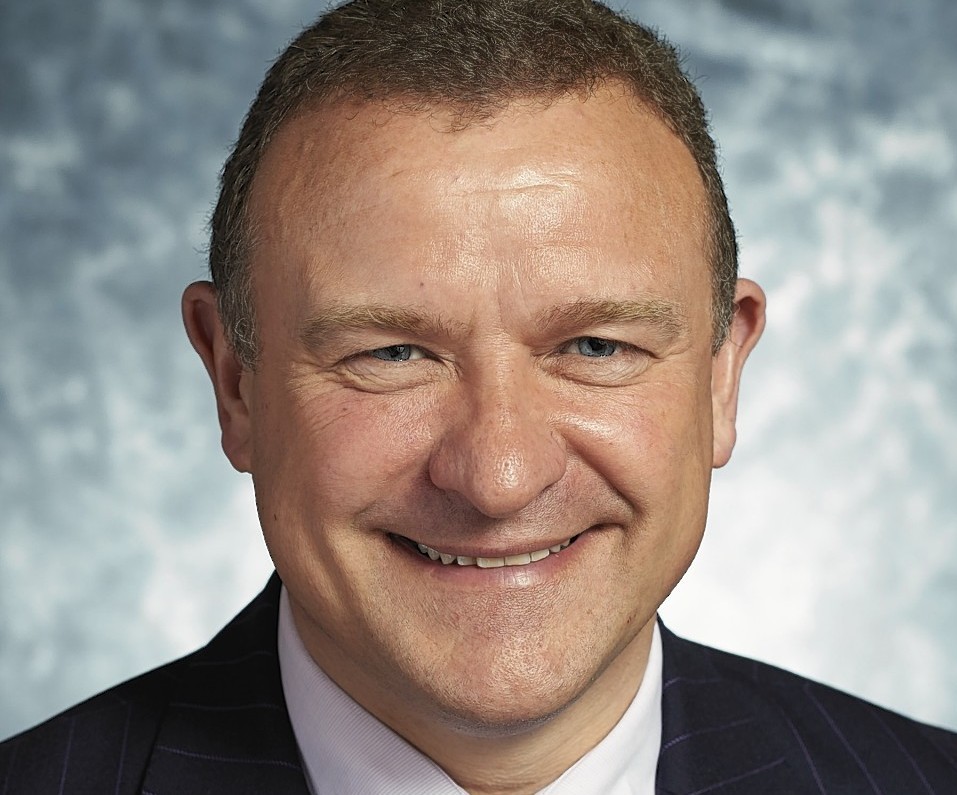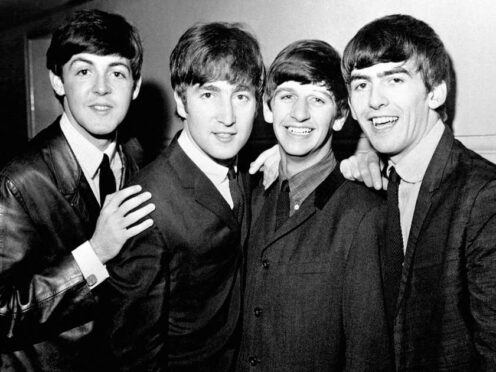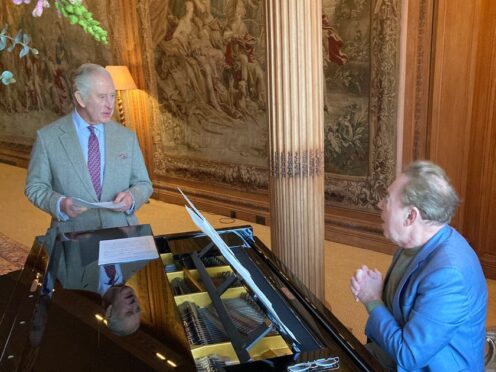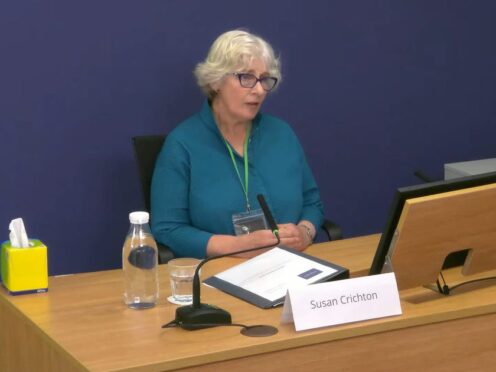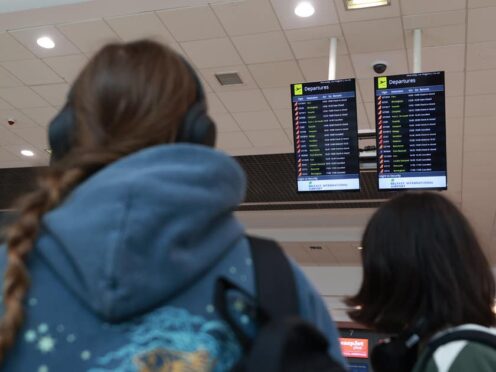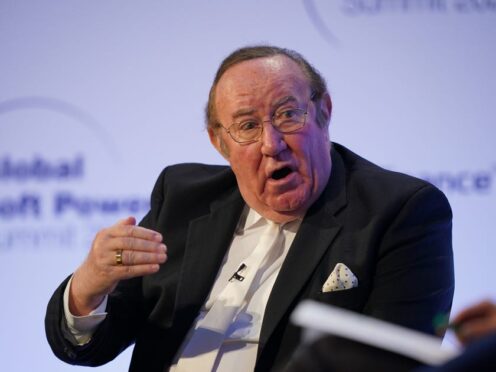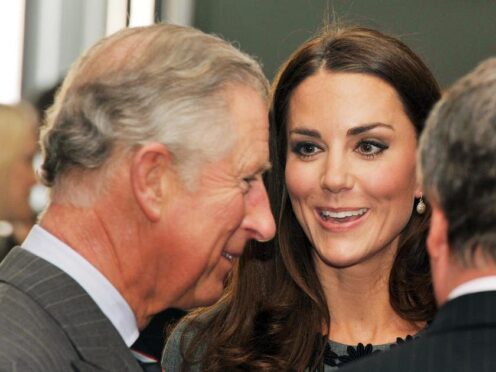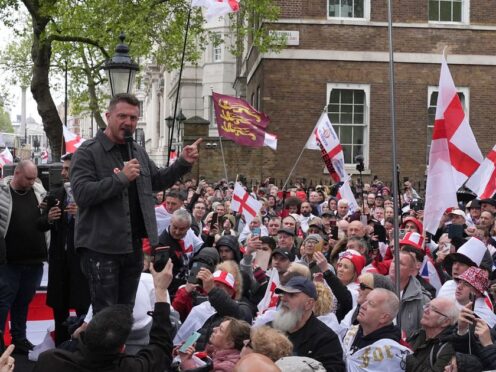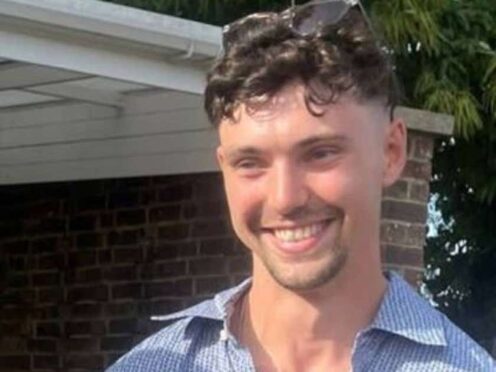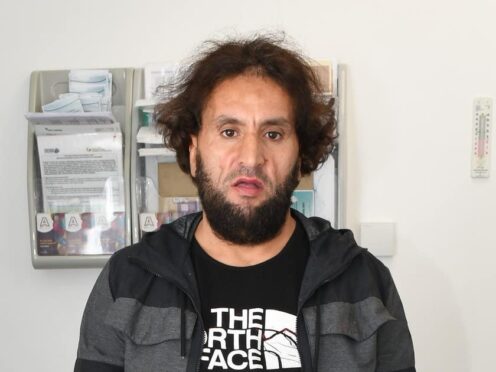Fresh concerns have been raised about proposed boundary changes to Scottish Westminster constituencies that would mean the Highlands loses an MP.
The size of the region’s seats was among the key issues highlighted during a public consultation on the plans.
Fears were also voiced about the proposed boundary north of Fort William.
Inverness MP, Drew Hendry, said the recommendations defied logic and geography and showed a complete lack of understanding of the area, its communities and landscape.
Liberal Democrat, Alistair Carmichael, also criticised the proposals and insisted the Boundary Commission for Scotland had to search for a way to accommodate the needs of the Highlands and Islands.
If the redrawn map is approved, Paul Monaghan’s constituency (Caithness, Sutherland and Easter Ross) would be extended southwards and renamed Highland North.
It would take in a significant chunk of Ian Blackford’s Ross, Skye and Lochaber constituency and a small portion of Mr Hendry’s Inverness, Nairn, Badenoch and Strathspey seat.
Some of the southern part of Mr Blackford’s seat would be added to the Argyll and Bute constituency, which would be renamed Argyll, Bute and Lochaber county.
The changes also propose combining Nairn, currently represented by Mr Hendry, with Angus Robertson’s Moray constituency and renaming it Moray and Nairn county.
The remaining area currently represented by Mr Blackford and Mr Hendry would be merged into one new constituency (Inverness and Skye county), stretching from the Isle of Skye in the west to beyond Grantown in the east.
Mr Blackford said he understood that constituent numbers had to be a factor, but pointed to the exceptions made for the Western Isles and Orkney and Shetland.
And he rejected the idea three MPs could or should represent 40% of the land mass of Scotland.
Mr Hendry added: “We should be working to bring democracy closer to people not further away.
“I suggest that instead of trying to reduce the representation for the people of the Highlands in Westminster, this government focuses on removing the unelected House of Lords, which still remains a shameful blot on our democracy.”
Mr Carmichael, who represents the Northern Isles, agreed any changes only made sense if the rest of parliament, including the Lords, was reformed as well.
The Commission’s consultation ran from October 2016 to 11 January, with five public hearings held across Scotland, including in Inverness and Dundee.
It received nearly 1,500 written responses from MPs, MSPs, political parties, local authorities, community groups and members of the public.
There will now be a secondary consultation so that comments and alternative designs can be considered.
THE FACTS
The proposals aim to cut the number of Scotland’s MPs from 59 to 53 and minimise variations in the size of electorates.
They are part of a wider package to reduce the size of the House of Commons from 650 to 600 MPs.
Legislation requires constituencies to be within 5% of the UK electoral average or “quota” of 74,769. In other words, each seat should be no smaller than 71,031 voters and no larger than 78,507.
Orkney and Shetland and the Western Isles, where the electorates are 33,229 and 20,877 respectively, are exempt from the rule.
Exceptions can also be made for a constituency with fewer than 71,031 electors if it is larger than 12,000sq kilometres (4.6miles).
The Boundary Commission for Scotland expects to consult on any revised proposals for constituencies later this year.
It will then develop final recommendations, due to be submitted in September 2018.
